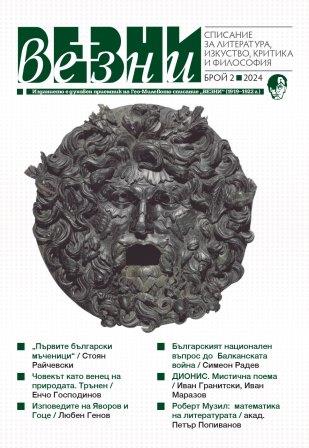
We kindly inform you that, as long as the subject affiliation of our 300.000+ articles is in progress, you might get unsufficient or no results on your third level or second level search. In this case, please broaden your search criteria.

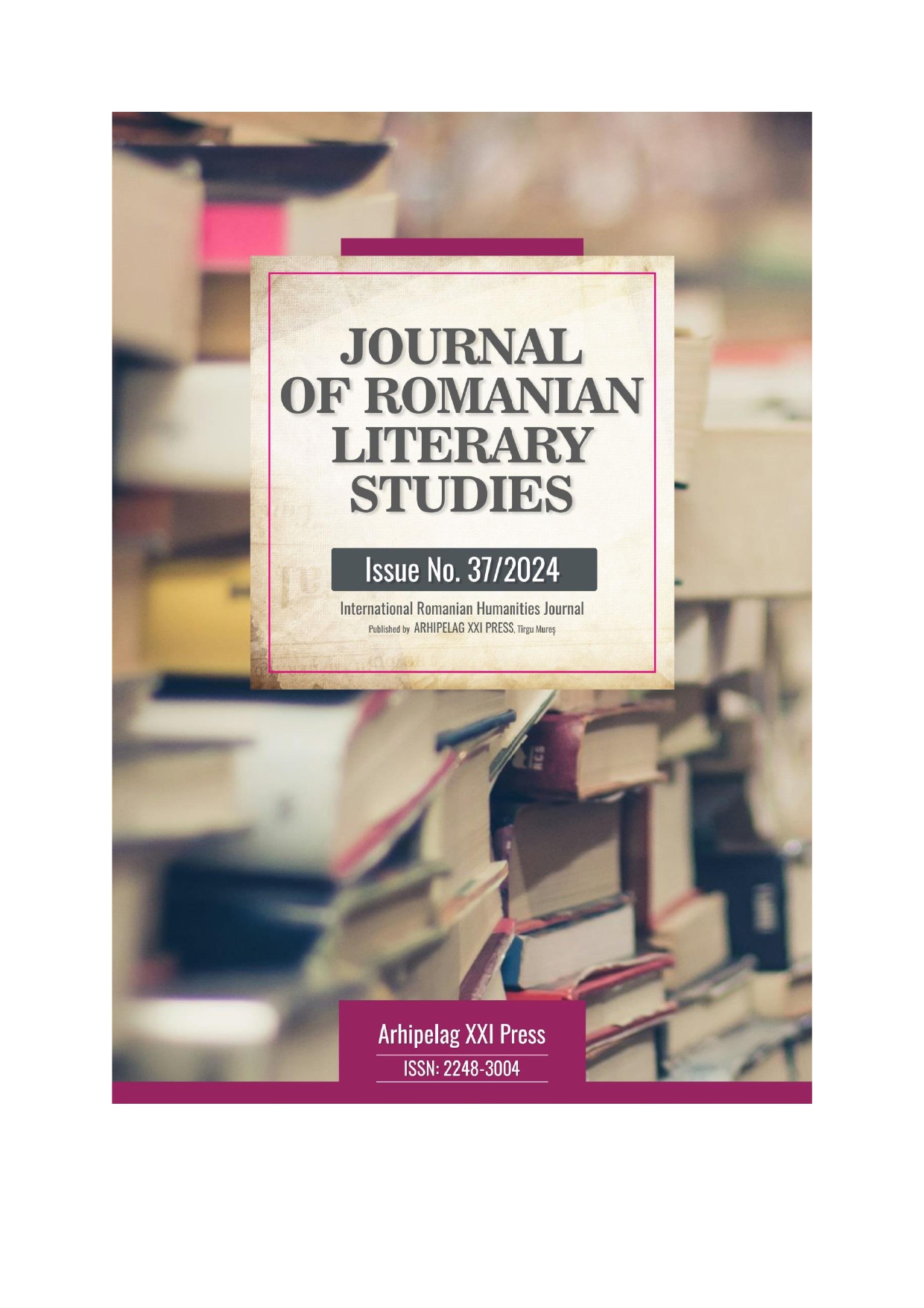
Irving’s hero Rip Van Winkle “presides over the birth of the American imagination” (Leslie Fiedler) in terms of providing a prototypical character that was to be revamped over and over again in such later fictional embodiments as those created by Cooper or Vonnegut, Twain or Salinger, Melville or Hemingway. The author of Moby Dick, in the year of his death, also proposes a poetic projection of Rip as the American artist in his “Rip Van Winkle’s Lilac,” where the lilac itself (never mentioned in Irving’s tale) plays an essential role (unexplored by the first author) in reinventing and building a tradition out of nothing. The paper follows the title concepts (“lilac,” “Rip,” “plant”) in their migration and evolution from the Old World to America and its (literary) culture, i.e. from Persia, Turkey, and the Balkans to Virginia and upstate New York, from Great Britain to New England, from Germany to Pennsylvania.
More...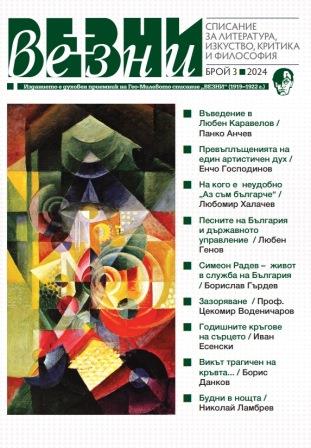

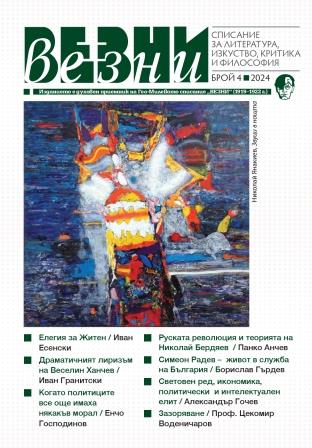
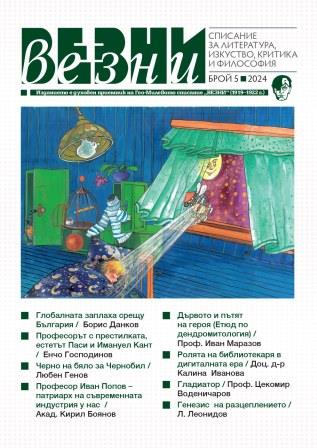
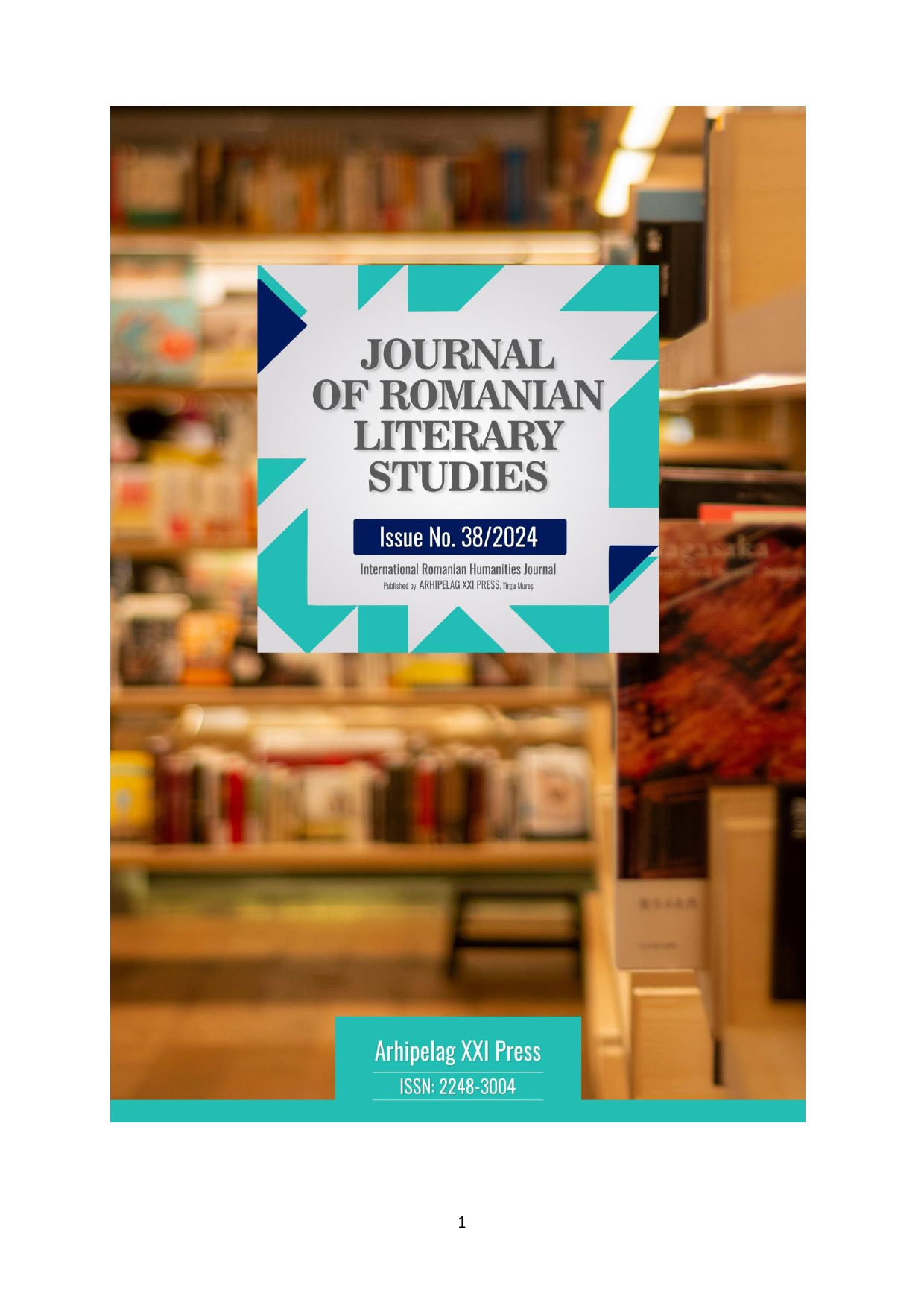
This article reveals that Edgar Allan Poe’s protagonists lose the illusions of protection and salvation and become trapped within the confines of their own imagination, where they are surrounded by despair, madness, and death. In “The Masque of the Red Death” and “The Pit and the Pendulum”, two famous short stories published in 1842, the main characters become imaginatively impotent and plunge themselves into a nightmare. Through the use of close reading and the theories shared by Gaston Bachelard, Vincent Buranelli, Edward Davidson, Richard Wilbur, among others, this paper demonstrates that Poe's characters can only escape their immense torture by embracing the idea of death and self-destructiveness.
More...
This paper proposes an ecocritical analysis of Oscar Wilde’s two volumes of fairy tales. It finds out that the tales are addressed to adults, and are imbued with aestheticism, Christianity and ecocriticism. Such apparently different currents of thought and literature are happily brought together by Wilde. The paper analyses all his fairy tales published in two volumes from these three points of view, and finds points of intersection between the three approaches to Wilde’s fairy tales. The Christian ethics is not very different from the ecocritical ethics. Aestheticism is a trend that suits extremely well fairy tales, in their love for beautiful imagery. The ecocritical tropes discovered in these tales are “The Animal,” “Wilderness,” “The Apocalypse,” “Cornucopia”.
More...
This article examines the concept of individualized eudaimonia in the short story ”Every reason to be happy”, part of the collection ”The Most Beautiful Book in the World” by Eric-Emmanuel Schmitt. The analysis focuses on the central dilemma of the protagonist, Isabelle, who, despite fulfilling all societal expectations for happiness – such as career success, financial stability, and a romantic relationship – experiences a profound sense of inner emptiness. The paper argues that true eudaimonia, or flourishing, cannot be achieved through external validation or conformity to social norms, but rather through a process of self-discovery and alignment with personal values. Isabelle's journey toward self-fulfillment illustrates the modern shift from a universal, virtue-based understanding of happiness to a more subjective, individualized form of eudaimonia rooted in authenticity and personal aspirations. This study highlights the importance of internal reconciliation in achieving genuine well-being and fulfillment in contemporary literature.
More...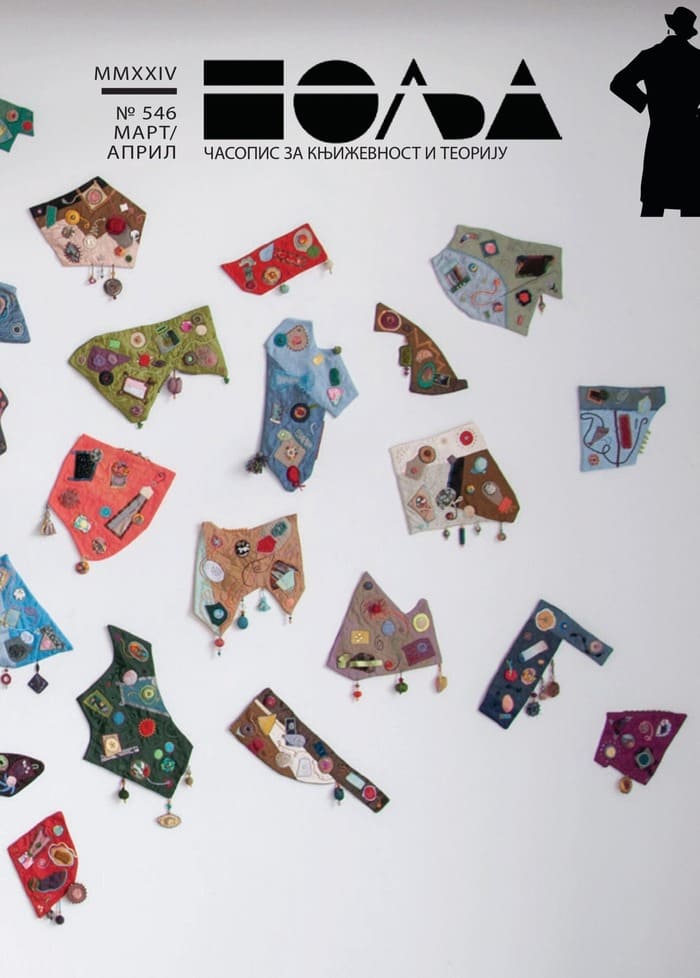





Prose by Darija Žilić (Isus odostraga; Plovdivske trešnje i jagode sa sofijskog bazara; Večere na književnim festivalima; Asenovgrad; Izraelski doručak; Trag krvi na sokaku; Staro cvijeće; Iznad zemlje; Vrijeme i grad; Hotelska noć; Podrezani svjetovi; Katalog snova; Anything goes; Zreli plodovi; Metamorfoze; Dobro i zlo (parabola o pisanju))
More...



